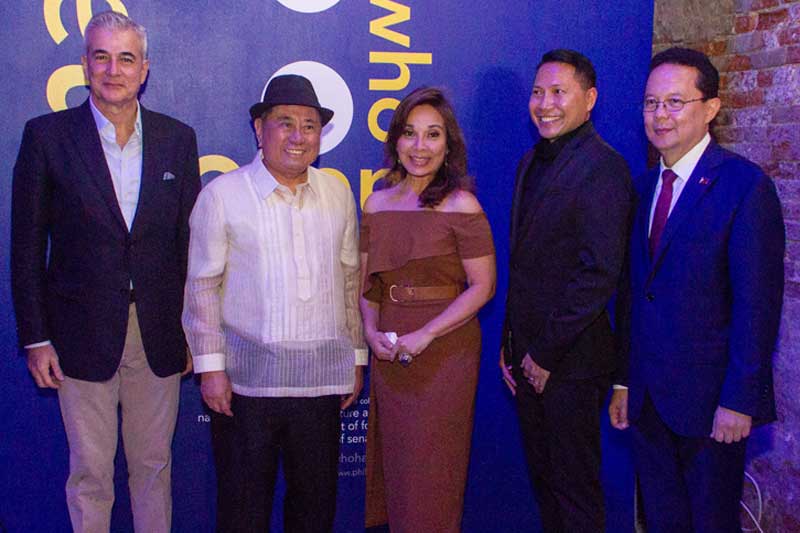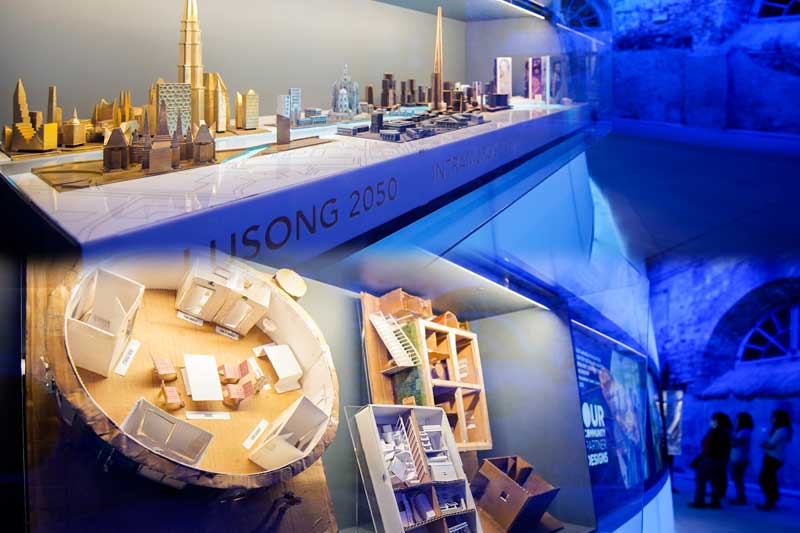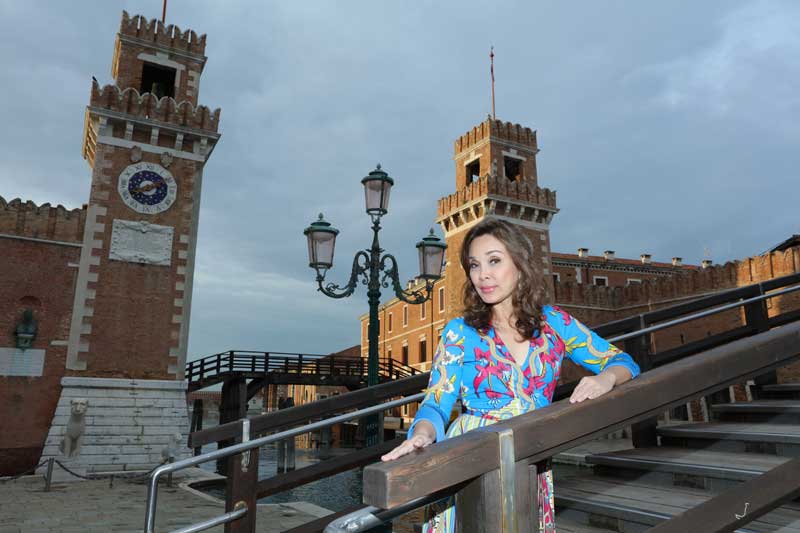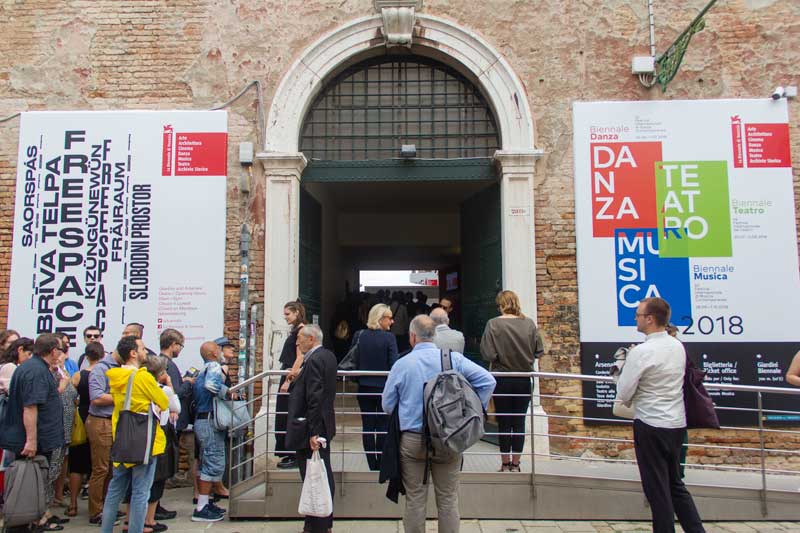Contemplating our architectural navels


The other week, I was at the Vernissage, the opening of the Philippine pavilion at this year’s Venice Architecture Biennale. This is the second time we have participated and this time around the country is one of 63 National Pavilions participating.
Whereas before, the Philippines exhibit was housed in a small palazzo somewhere amongst the city’s many canals, this year Senator Loren Legarda, the main driving force behind the country’s participation, has managed to get us into one of the two main venues of the Biennale, the Venice Arsenale.
The Arsenale is a heritage complex that was started in the 12th century. It was where Venetians used to house its military and assemble fleets for military and commercial purposes. It was the largest industrial facility in Europe for centuries. Today it is a perfect venue for key events like the Biennale, bringing millions of visitors every year.
Senator Legarda has lauded this year’s edition of the Philippines as one “… that gives prominence to what the Philippines can contribute to ongoing global dialogue on art and culture.” “The City Who Had Two Navels” is curated by Dr. Edson Cabalfin who based his curatorial concept on the inspiration from a novel of the same name by Nick Joaquin.

Senator Loren Legarda is joined by Fernandzo Zobel, NCCA chairman Virgilio S. Almario, curator Edson Cabalfin and Philippine Ambassador to Italy Domingo Nolasco during the Vernissage of the 16th Venice Architecture Biennale held at the Artiglierie, Arsenale in Venice, Italy on May 24, 2018.
Legarda delivered a speech at the opening recalling “how her seemingly impossible dream to bring back Philippine participation to a significant global cultural event finally became a reality. She said that the wealth of talent in the country was what pursued her to advocate for the return of the country in the prestigious contemporary art platform.”
She explained “It was in July 2013 when I first asked the question: why are we not in the Venice Biennale? A small country of a million people like Maldives was here, the Olympics of Contemporary Art and which has been host to the best contemporary artist and curators, but the Philippines was conspicuously absent for more than 51 years. So with the wealth of talent, I thought that perhaps we should try to get government to support it. It took us 51 years of hiatus before we finally got back. I could still recall how we arduously — in the most challenging, difficult ways — went through the process of reviving the Philippines’ participation in the Venice Biennale.”
In attendance was National Commission for Culture and the Arts (NCCA) Chairperson, and Commissioner of the Philippine Pavilion, National Artist Virgilio Almario, who extended his compliments to the collaborative team. He noted that it was the passion of the artists involved with the support of cultural offices of the national government that has brought Filipino art and architecture to the public stage.

The first section or first “navel” of the exhibition presents a critical interpretation of Philippine displays in expositions such as ways of reproducing colonial narratives of the exotic and primitive.
Almario congratulated everyone, “…who has supported and worked on this project. It started with the 51-year absence in the Venice Biennale and now we have continuous presence in the contemporary art platforms since our re-entry in 2015 (thanks to) the combined efforts of the NCCA, the Department of Foreign Affairs, and of course, Senator Loren Legarda….”
Dr. Cabalfin also gave a short exposition on the exhibit, explaining that “this year’s exhibition tackles how the Philippines’ colonial past and the neoliberal era that affect the urban landscape of the present societies work together to shape and alter the identity of the country’s built heritage and the culture of its people.”
He admitted that his primary intent was “…to provoke the spectators to indulge themselves in global interactions and subsequently, challenge the realities of their perceived identity. The idea of Two Navels in this exhibition talks about the forces of colonialism and neo-liberalism as they affect the Philippine built environment. My hope is that the Philippines will contribute to this conversation because colonialism and neo-liberalism are two forces that do not only affect the Philippines but also the world as well.”

The second section or second “navel” presents the development of Philippine cities as embedded within the processes of neoliberalizaiton.
Continuing Cabalfin concluded that “…there are many perspectives here and not everybody might agree with each, but it is exactly (when) the conversation begins. Oppositional ideas.. are necessary in creating a healthy and important discussion that will… instigate change and I see this Pavilion as an instrument of change for hopefully better Filipinos,” Cabalfin added.
The opening crowd at the Philippine pavilion included Ambassador to Italy Domingo Nolasco, Fernando Zobel de Ayala and his family; Lani Maestro, a visual artist who participated at the 2017 Venice Art Biennale, and UP Professor Yason Banal, one of this year’s exhibitors who collaborated with Cabalfin.
Also in attendance where collaborators from the UP and the University of San Carlos. My two ex-deans from UP Diliman Anne and Buboy Espina surprised me with a number of faculty and students in tow. It was great to see these young Filipino architects and students exposed to the international stage and get inspiration from all the exhibits and from our own pavilion’s unique message to the world.

Senator Loren Legarda, the main driving force behind the country’s participation in the Venice Biennale, has managed to get us into one of the two main venues of the Architecture Biennale this year: the Arsenale.
Filipino intellectuals spend a lot of time thinking about their own and the Philippines’ problems. Filipino architects are not so inclined, either to question their lot in life, or the contribution that their designs could contribute to the project of improving their countrymen’s quality of life, much less the larger endeavor to define national identity. But that is changing.
The two exhibits the Philippines has mounted have indicated that change is indeed coming. We have contemplated our collective architectural navels twice now and started conversations internally and with those who visited our corner of the Biennale. The next time we exhibit, I imagine that we can take the next step and project more of our architectural creativity, innovation and spunk.
I will continue next week with more on the Venice Biennale along with jaunts to the city and nearby sites.

The entrance to the Artiglierie in Arsenale where “The City Who Had Two Navels” in the 16th Venice Architecture Biennale is exhibited.
* * *
Feedback is welcome. Please email the writer at paulo.alcazaren@gmail.com. The Philippine Pavilion will be open to the public from May 26 until Nov. 25.



















